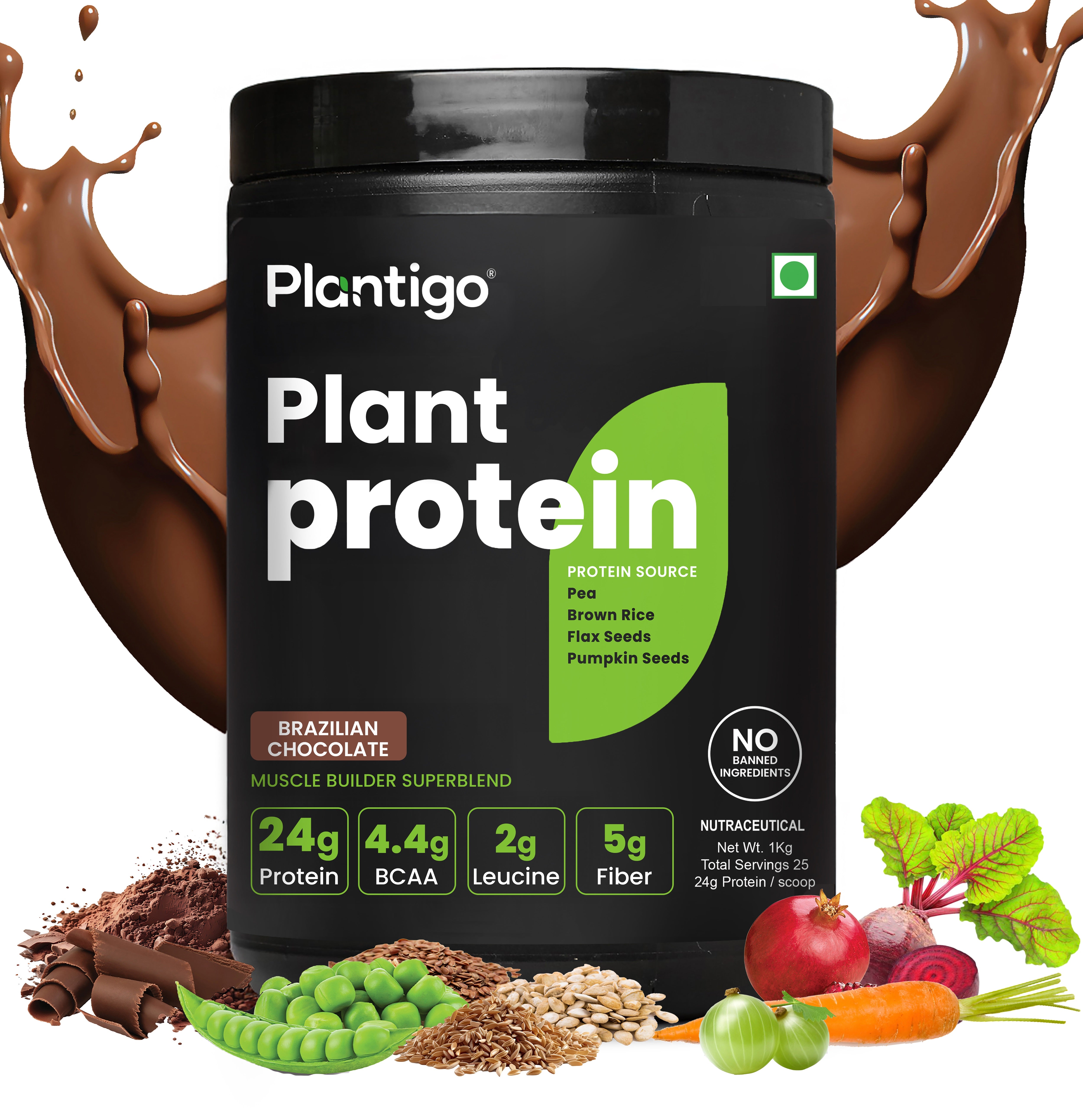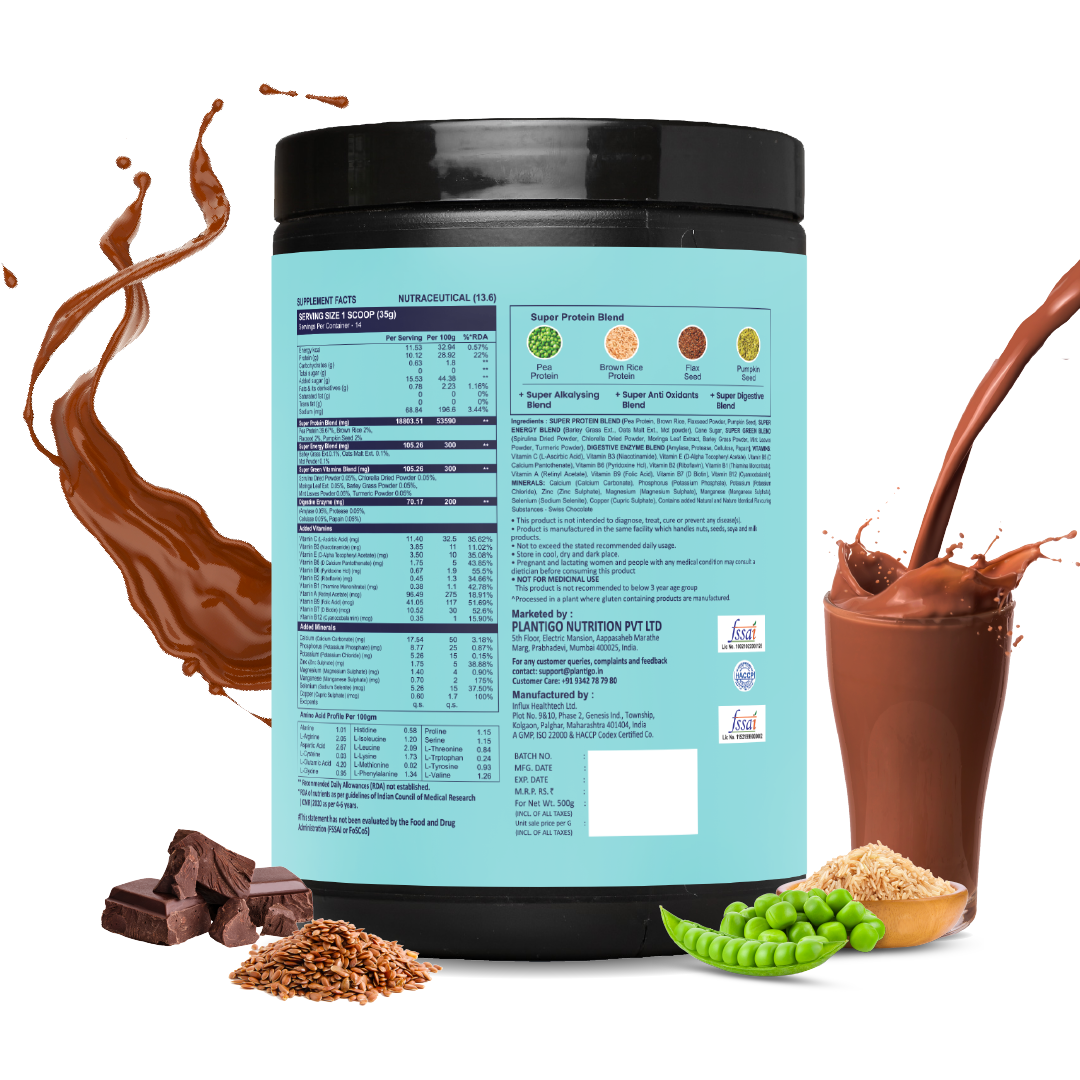When people think of healthy eating, apples are often the first fruit that comes to mind. But have you ever wondered exactly how many calories in apple there are, and whether they truly qualify as a low-calorie snack?
Spoiler alert: There’s a lot more to this humble fruit than meets the eye.
In today’s health-conscious world, the term “low-calorie” gets tossed around a lot. But it’s important to understand not just how many calories in apple exist, but also how those calories interact with your body. From weight loss tricks to fiber-fueled fullness and even how apples sneak into keto meal plans, we’re peeling back the layers to show you why this everyday fruit might just be your diet’s secret weapon.
This article explores the nutritional profile of apples, compares them with other snacks, and breaks down how apples can be integrated into different diet plans and fitness goals.
Understanding Calories in Apple: A Nutritional Snapshot
A medium-sized apple, weighing around 180 grams, contains roughly 95 calories. That might sound like a bit much compared to a few cucumber sticks or a bowl of lettuce, but in reality, the calories in apple are incredibly modest considering the wealth of nutrients packed inside.
This includes 25 grams of carbohydrates, 4 grams of fiber, zero fat, and about 0.5 grams of protein. Apples are mostly water — nearly 85% — which also contributes to the feeling of fullness without overloading on calories. So yes, the calories in apple are low, especially when you compare them with common packaged snacks or desserts.
Do Calories in Apple Help With Weight Loss?
Absolutely. One of the most studied benefits of apples is their role in promoting satiety. The fiber in apples — primarily pectin — expands in the stomach and slows digestion, keeping you fuller for longer. This directly reduces the chances of mindless snacking.

Studies have shown that individuals who consumed whole apples before meals ended up eating fewer total calories. That’s the hidden power behind the calories in apple — not just the number itself, but how they help you regulate your overall calorie intake.
If you're following an Indian keto diet plan, you may need to limit fruit due to carbs, but half an apple can still fit into your macros, especially when paired with protein or fat like nut butter.
Glycemic Index and Blood Sugar Impact
Apples have a low to moderate glycemic index, depending on the variety. This means they release sugar into the bloodstream at a slower pace than high-GI fruits or processed foods. The 19 grams of sugar found in a medium apple are naturally occurring and come with fiber — a key distinction from refined sugars.
This makes the calories in apple much healthier than those from baked goods or soda, even if the number is similar. In fact, whole apples are often recommended for people managing blood sugar levels.
Fiber, Vitamins, and Micronutrients in Apples
When evaluating the calories in apple, it's essential to look beyond the number. Each apple provides nearly 14% of your recommended daily intake of Vitamin C, along with potassium, polyphenols, and antioxidants. They’re a perfect example of fiber rich foods, delivering about 4 grams of dietary fiber per medium fruit.
These nutrients contribute to heart health, better digestion, and lower cholesterol levels — benefits you won’t get from empty-calorie snacks like crackers or pastries.
When Is the Best Time to Eat an Apple?
Apples are incredibly versatile and can be consumed at any time. However, some moments are particularly beneficial:
-
Morning: A great way to kickstart your metabolism.
-
Pre Workout Meal: The natural sugars and carbohydrates in apples make them an excellent energy source without being too heavy.
-
Midday Snack: Curb those afternoon cravings with fiber and hydration.
-
Evening: A small apple can help you fight late-night sugar cravings without busting your calorie budget.
Pairing apples with a spoonful of peanut butter or a small serving of plant protein can create a more balanced snack that fuels you longer.
Apples vs Other Snacks
Let’s compare the calories in apple with some other common snack options:
|
Snack Item |
Calories |
Nutrient Value |
|
Medium Apple |
95 |
Fiber, Vitamin C, Antioxidants |
|
Protein Bar |
200–250 |
Protein, often added sugars |
|
Doughnut |
250–300 |
High in sugar and fat |
|
Handful of Chips |
150–200 |
High in sodium and oil |
Clearly, apples not only win on the calorie front but also in terms of nutrient density.
Are All Apples Equal in Calories?
Not exactly. While all apples are generally low-calorie, slight differences exist based on variety:
-
Granny Smith: 80–85 calories
-
Fuji: 95–105 calories
-
Honeycrisp: Up to 110 calories
Regardless, the calories in apple are consistently modest, making any variety a smart choice. Plus, their high water content makes them naturally hydrating — a bonus for people on the go.
Apples in Women’s Health and Fitness Plans
Apples are often included in diet plans focused on protein powder for women, not because of their protein content but due to their supportive role in overall wellness. Women aiming for fat loss or hormone balance benefit from apples due to their blood sugar-regulating properties and digestive benefits.
While an apple itself has less than 1 gram of protein, pairing it with vegan protein or blending it into a smoothie with plant based protein powder creates a nutrient-rich meal ideal for post-workout recovery or a balanced breakfast.
Micronutrient Combinations: Apples and Other Foods
While apples don’t contain significant Vitamin D, they are often combined in recipes with vitamin D foods like fortified almond milk or cereals. You can also mix apples into porridge, topped with chia seeds and a scoop of plant protein for a high-fiber, vitamin-packed start to the day.
They also complement Indian foods like dal — which is high in protein in dal — forming a satisfying, fiber-rich vegetarian meal. Adding raw apple slices to dal salads or quinoa bowls enhances taste and nutrition.
Apples and Plant-Based Nutrition
For people shifting to a more plant-forward lifestyle, apples become an easy staple. They align perfectly with a clean-eating philosophy and pair well with plant protein options. You can bake them with cinnamon, add them to overnight oats, or even use them in energy balls with oats and nut butters — all without disrupting your calorie goals.
This makes apples a natural fit for consumers looking to balance taste, nutrition, and sustainable food choices — including fans of plant based protein powder.
Misconceptions About Sugar in Apples
A common concern about apples is their sugar content. It’s true that a medium apple contains about 19 grams of sugar. But this is natural sugar, which behaves differently in your body compared to added sugar found in soda or desserts.
Because apples come with fiber, water, and phytonutrients, your body metabolizes the sugar slowly. This prevents the sharp insulin spikes that come from consuming refined carbs or candy.
Conclusion: Are Calories in Apple Really That Low?
Yes — and they’re incredibly worthwhile calories. The calories in apple are low, but the benefits they bring are substantial. Unlike calorie-dense processed foods, apples offer a natural balance of water, fiber, vitamins, and taste, all in a portable package.
Whether you’re on a fitness journey, managing your weight, eating clean, or simply looking for something healthy and tasty, apples fit the bill perfectly. You don’t have to second-guess them — just bite in.
In the world of healthy eating, few foods offer the value of apples. They’re affordable, available year-round, and require no preparation. So the next time you reach for a snack, remember: the calories in apple don’t just count — they nourish.












